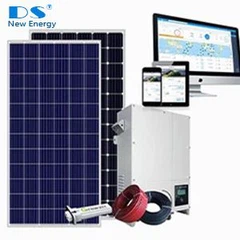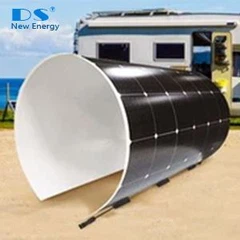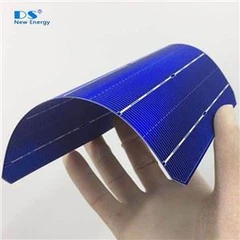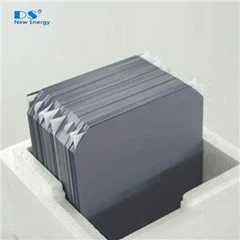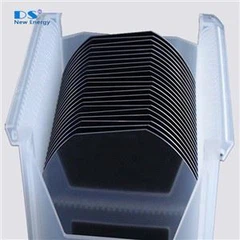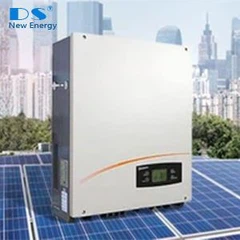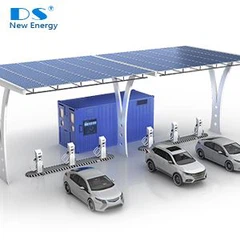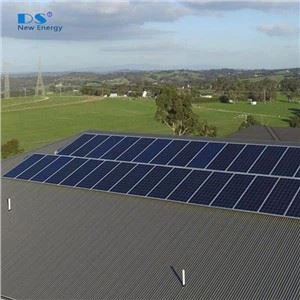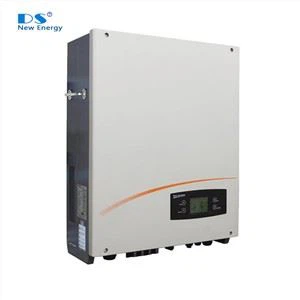
Lithium-ion cell

Lithium-ion Module and Cluster
About Lithium-ion battery
The industrialization success of lithium-ion batteries in the 1990s was not achieved by one step or one company; it was the result of the diligent research and contributions of numerous outstanding scientists and engineers. Since then, great efforts have been made to further enhance the performance of lithium-ion batteries, resulting in significant progress. Understanding the historical development of lithium-ion batteries helps us understand the technological breakthroughs and advances that have defined modern energy storage technology.
Reducing greenhouse gas emissions and mitigating the effects of global warming are important global goals. Therefore, developing environmentally friendly, sustainable, green energy technologies to replace fossil fuel-powered technologies is imperative. In recent years, the development and use of renewable energy has rapidly increased, replacing traditional fossil fuel-based power generation and transmission systems.
Charge and discharge of Lithium-ion battery
The charging and discharging of lithium-ion batteries is a reversible process. The principle is that lithium ions (Li+) move between the positive and negative electrodes across the separator. During this process, electrons flow from the external circuit to replenish the lithium-deficient side to maintain potential equilibrium. This reaction is not ideal, and energy is lost during the charging and discharging process of lithium-ion batteries.
The charge/discharge rate (C-rate) refers to the rate of charge or discharge, which is related to the rate of lithiation or delithiation of the electrode material. C represents the battery capacity, typically measured in ampere-hours (Ah), and indicates the amount of active material available for discharge. Ampere is the unit of electric current, representing the number of coulombs per unit time. Therefore, current multiplied by time is the actual amount of coulombs stored in the battery.

The Formula Behind C Ratings
t = Time
Cr = C Rate
t = 1 / Cr (to view in hours)
t = 60 minutes / Cr (to view in minutes)
0.5C RATE EXAMPLE
2300mAh Battery
2300mAh / 1000 = 2.3A
0.5C x 2.3A = 1.15A available
1 / 0.5C = 2 hours
60 / 0.5C = 120 minutes
2C RATE EXAMPLE
2300mAh Battery
2300mAh / 1000 = 2.3A
2C x 2.3A = 4.6A available
1 / 2C = 0.5 hours
60 / 2C = 30 minutes
30C RATE EXAMPLE
2300mAh Battery
2300mAh / 1000 = 2.3A
30C x 2.3A = 69A available
60 / 30C = 2 minutes
The table below shows the discharge times for different C-rates.
| C-Rate | Time |
| 0.05C or C/20 | 20 h |
| 0.1C or C/10 | 10 h |
| 0.2C or C/5 | 5 h |
| 1C | 1 h |
| 2C | 30 min |
| 3C | 20 min |
| 4C | 15 min |
| 5C | 12 min |
| 6C | 10 min |
| 10C | 6 min |
| 15C | 6 min |
| 20C | 3 min |
The 0.5C, 1C, and 2C rates represent common discharge times for a battery, where 1C is a full discharge in one hour, 0.5C is a two-hour discharge, and 2C is a 30-minute discharge. For most solar energy storage projects, the C rates for lithium-ion batteries are 0.25C, 0.5C, and 1C. Lithium-ion batteries used for UPS also use 4C.
How to Calculate Max. Discharge Current of a Lithium-Ion Battery
To make calculation, you need to know its capacity (C), rated voltage (V), and C rating (C). The formula is as follows:
Maximum Discharge Current = Capacity (C) x C Rating (C) / Rated Voltage (V)
For example, suppose you have a 200Ah lithium-ion battery with a 2C rating and a rated voltage of 51.2V. The maximum discharge current would be:
Maximum Discharge Current = 200Ah x 2 / 51.2V = 78.125A
This means that the battery can deliver a maximum current of 78.125A without damaging it or reducing its lifespan.
The Factors Affecting C-Rate
1. Temperature
Temperature significantly affects battery performance and its charge and discharge rates. At higher temperatures, batteries can withstand faster discharge rates, but also run the risk of overheating and damage.
2. Battery degradation and Condition
As batteries age, their capacity and ability to withstand high-rate discharge typically decrease. This is because internal components wear out over time, increasing internal resistance. Older batteries are less efficient at managing the heat generated by rapid charge and discharge cycles and may struggle to sustain the same discharge rates as newer batteries.
3. Surface Size and Design
Larger surface, or those with more surface area for current flow, can generally handle higher C-rates. In contrast, smaller batteries may overheat or degrade more quickly if charged or discharged too fast.


